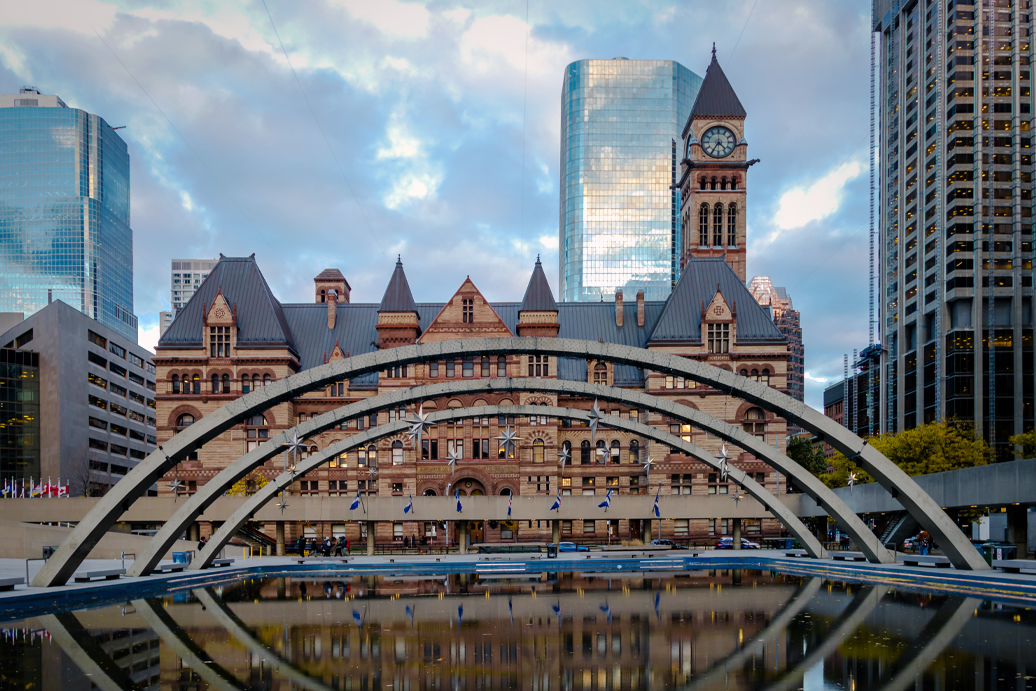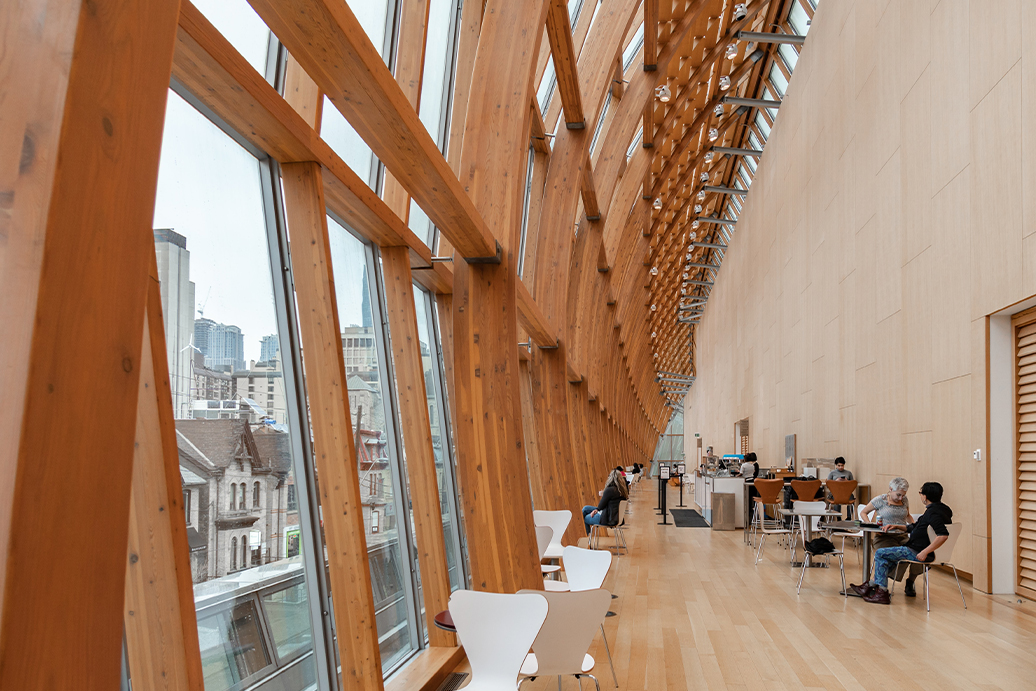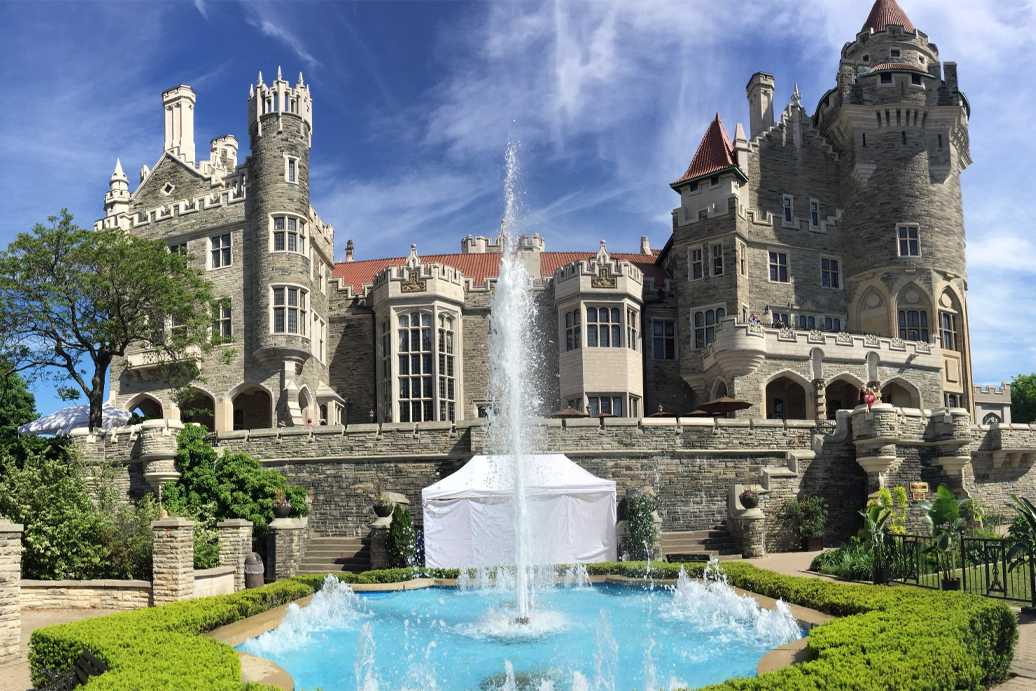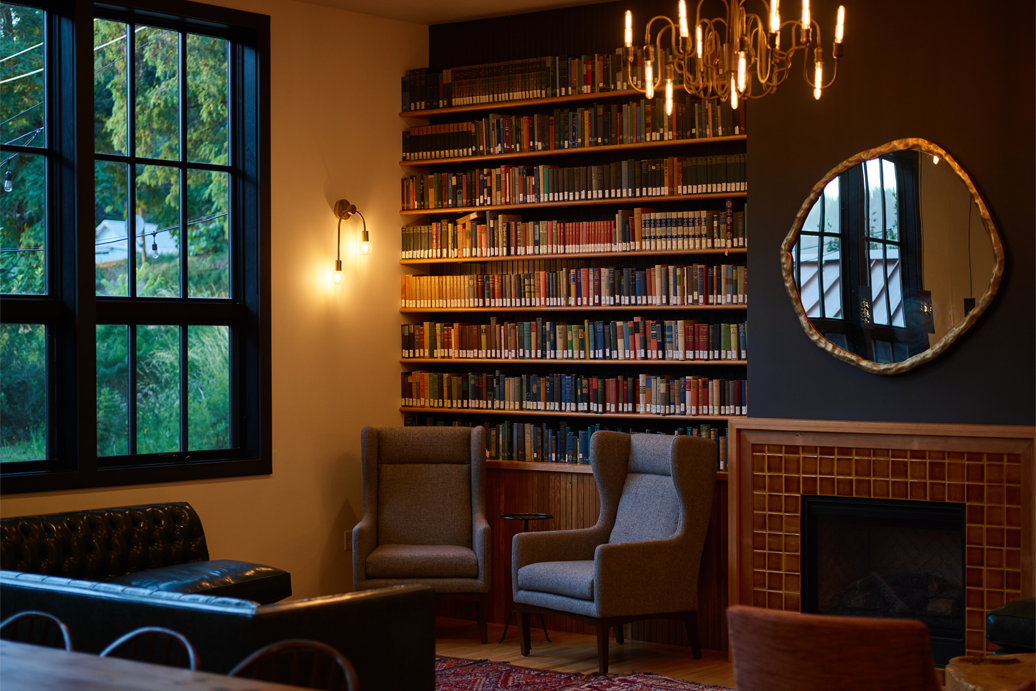Every year, countless relocators make Toronto home. It’s no surprise, given how quickly this vibrant, economic powerhouse of a city is projected to grow. If you’re planning to move here—whether it’s for professional or personal reasons—you’ll have no shortage of exceptional neighbourhoods and stunning properties to consider. Knowing where to look, what to expect, and how to set yourself up for success is the first step.
Learn what you need to know about relocating to Toronto here in our guide…
Doing your homework
Finding the ideal community for your lifestyle is a top priority—but it can be challenging if you need to start your home hunt remotely. Helpful steps include online research, in-person visits (if possible), and mining your networks to find people who know the city. Having said that, a local professional is in the best position to help you find an area that checks your boxes.
Whether you’re looking for a spacious, period home and scenic streets (in areas like Rosedale) or sleek condos and designer boutiques (which you’ll find in lively Yorkville), Toronto is full of neighbourhoods that appeal to even the most discerning buyers. The right agent can help you find the perfect place.
To ensure the process goes as smoothly as possible, take stock of what you need most—whether that means the quality of local schools or architecture in the area.
Taxes, financing, and other things to know
There are financial implications to moving to a new country, and they go beyond cost of living. When it comes to taxes, home buyers who are neither Canadian citizens nor permanent residents can expect to pay a 15 per cent speculation tax in Toronto. This amount is due at closing.
To ensure a smooth purchase, make sure you’re familiar with all the costs involved in buying a home in the city. Among the most significant are provincial and municipal land transfer taxes, both of which equal 2.5 per cent of your sale (for homes that are $2 million or more).
Lastly, international buyers should be aware that they’ll likely have to pay a significantly higher down payment than citizens (typically around 35 per cent).
Cover the moving logistics
Once you’ve found and purchased the right home, it’s time to start thinking logistics. The distance between your current home and Toronto may help you decide on the quantity of belongings that make the trip with you.
If you’ll be hiring movers, opt for a full-service company that you can trust with your possessions. Transporting high-value items requires special care and consideration, so be sure to ask anyone you contact about the precautions they take. You should also factor in insurance coverage options for your valuables.
Don’t forget to start tackling potential future loose ends as early as possible. From transferring your utilities to setting up a forward address, give yourself plenty of time to get it all done.
Finding the right agent
Finding, securing, and moving into a new home can be complicated, no matter the circumstances. Add relocation to the mix, and things can quickly become overwhelming. The key to ensuring a streamlined experience is working with a professional who offers an exceptional level of service.
When you’re choosing a real estate agent, look for someone with relocation expertise and an impressive track record of helping buyers. Whether we’re educating you about the city, introducing you to refined properties that meet your criteria, or connecting you to service providers who can help you move with ease, we’re here to make relocating a pleasure.
Backed by Sotheby’s International Realty Canada, we also have access to the local connections, global networks, and extended resources you need to make your move. Are you ready to get started?
When you’re ready to relocate to Toronto, we’re here to help. Reach out to benefit from our local expertise!






